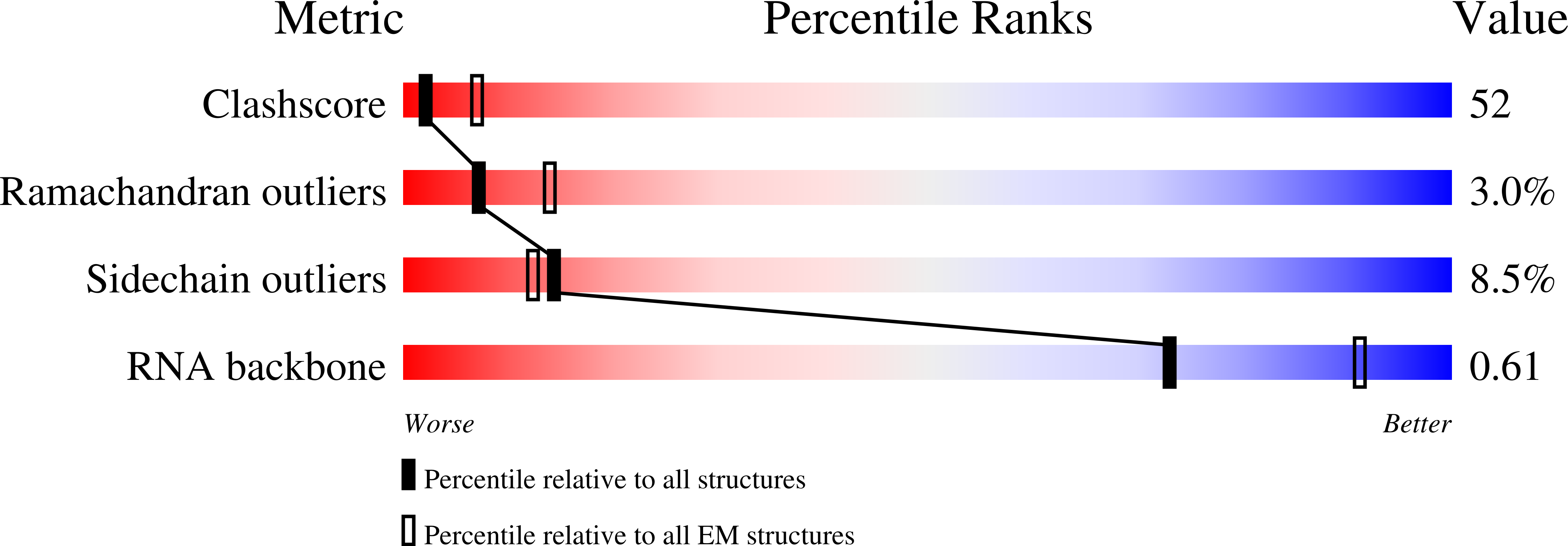
Deposition Date
2003-12-19
Release Date
2004-04-20
Last Version Date
2024-02-14
Entry Detail
PDB ID:
1RY1
Keywords:
Title:
Structure of the signal recognition particle interacting with the elongation-arrested ribosome
Biological Source:
Source Organism:
Triticum aestivum (Taxon ID: 4565)
Canis lupus familiaris (Taxon ID: 9615)
Canis lupus familiaris (Taxon ID: 9615)
Method Details:
Experimental Method:
Resolution:
12.00 Å
Aggregation State:
PARTICLE
Reconstruction Method:
SINGLE PARTICLE


